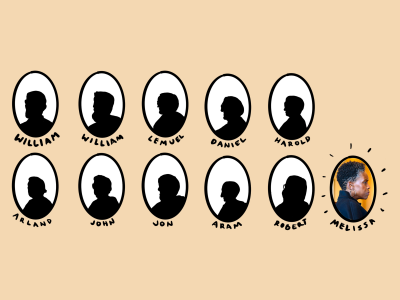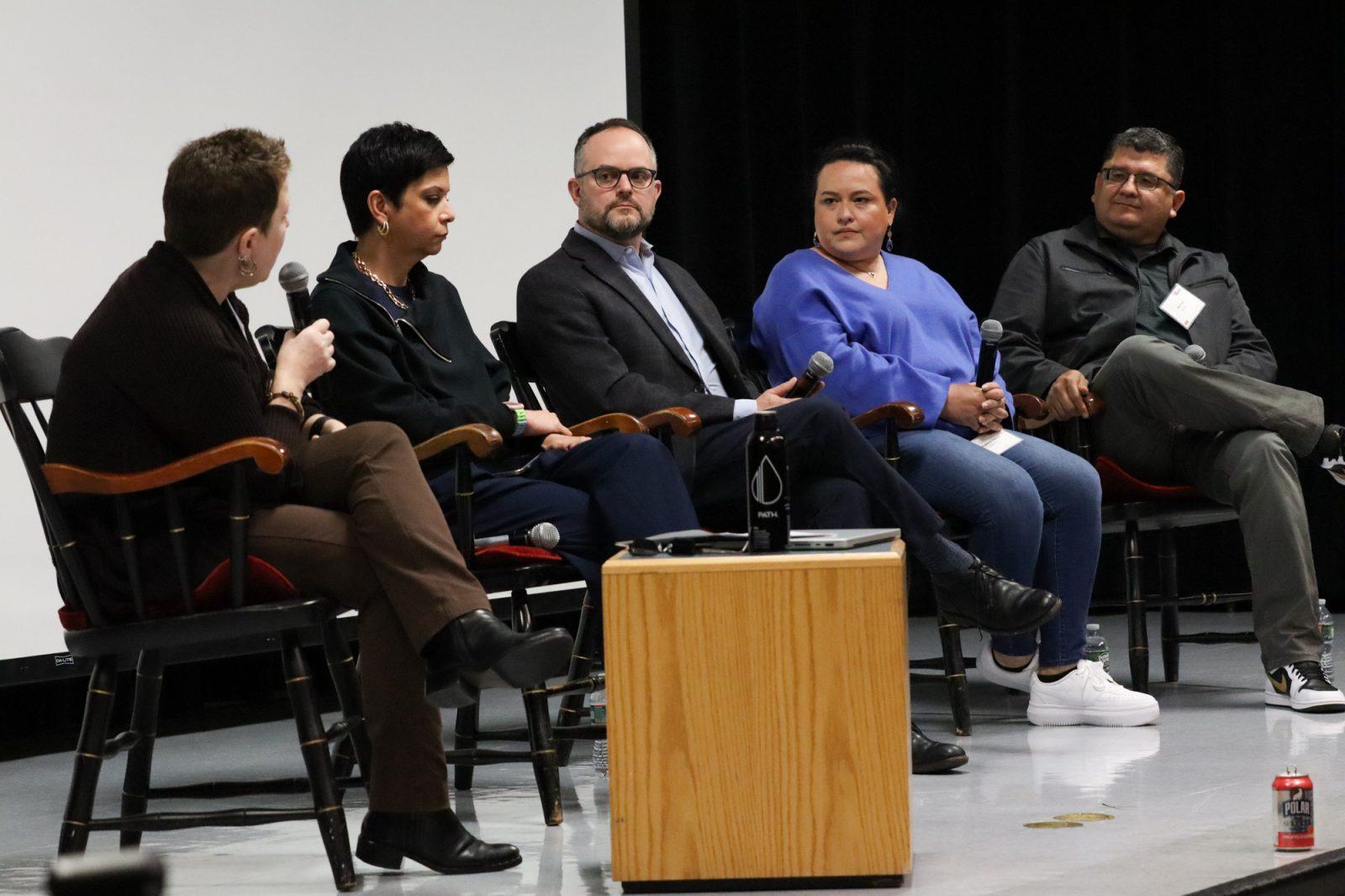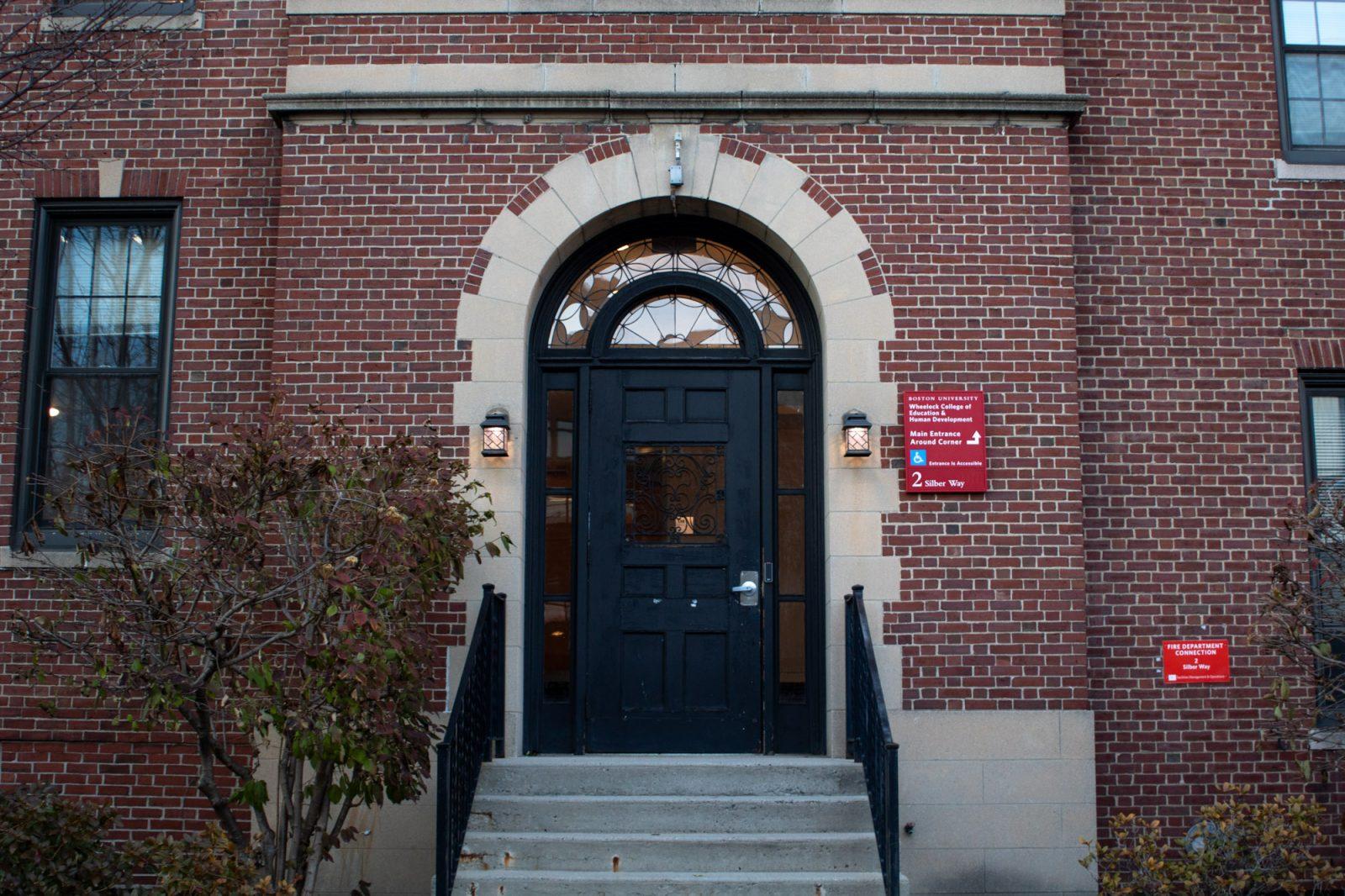In its nearly two centuries of existence, Boston University has had ten distinguishable presidents. The ten white men, composed of five Methodist ministers, two Johns and two Williams, all saw the University grow at different times. In honor of the BU Trustees’ latest appointment, here is a list of all of the University’s past presidents.
William Fairfield Warren, BU’s first president (1873-1903)
When Boston Theological School became Boston University, they appointed the Theological School’s last acting president, former pastor William Fairfield Warren. He served for thirty years, embracing American liberal arts while concurrently incorporating the practices of British and German universities.
Warren kickstarted BU’s dedication to inclusion. Even hundreds of years ago, BU offered higher education to any student, regardless of race, sex, or religion — a practice not widely received by other American universities at the time. In 1877, during Warren’s presidency, BU became the first university in the United States to award a doctorate to a woman, Helen Magill White.

William Edwards Huntington, BU’s second president (1904-1911)
After serving in the Union Army during the Civil War and attending the University of Wisconsin, William Edwards Huntington trekked from his family’s home in Illinois to the BU School of Theology to become a Methodist minister. He received his doctorate in 1882, and was then appointed dean of BU’s College of Liberal Arts. In 1904, he was appointed president.
During his time at BU, Huntington saw the University as an opportunity to promote higher education amid a fast-paced environment. He hoped to understand the needs of a bustling American city and use this understanding to help make BU an institution in tune with urban life.
Lemuel Herbert Murlin, BU’s third president (1911-1924)
Lemuel Herbert Murlin came from rural beginnings, and he began his adult life as a Methodist minister. He served as president of Baker University in Kansas from 1893 to 1911 before coming to BU.
As president, he, like Huntington, found BU’s most covetous asset its location. Coming from farmland in Ohio, his greatest goal during his presidency was to rightfully serve the city of Boston. In 1920, he purchased a large mass of land stretching between the Charles River and Commonwealth Ave. that he hoped would become the school’s permanent campus, which most urban institutions lacked. However, in 1924, Murlin resigned when his small funds could not match his large hopes for unity. He took the offer to become president of DePauw University, his alma mater.
Daniel L. Marsh, BU’s fourth president (1926-1951)
Another former Methodist minister who graduated from the School of Theology, Daniel L. Marsh was an active creator of social welfare programs for the urban poor. Once appointed president, he preached service learning “for the sake of others” to his students. Although his term was plagued by the Great Depression and World War II, he led BU through the intense financial stringency.
Building on Murlin’s legacy, Marsh was able to complete the third president’s unfinished campus project. On BU’s new campus, Marsh incorporated Sargent College and established the School of Social Work, the School of Nursing, the General College and the School of Public Relations, which would go on to become the College of Communication.
Harold C. Case, BU’s fifth president (1951-1967)
Harold C. Case also pursued graduate study at the School of Theology before becoming a Methodist minister. Case promoted post-World War II expansion.
In 1953, he established the African Studies Program and appointed esteemed Black theologist Howard Thurman dean of Marsh Chapel. Additionally, he built more on-campus housing, while also founding the College of Engineering, the Metropolitan College and what would become the College of Fine Arts.
Arland F. Christ-Janer, BU’s sixth president (1967-1970)
At a time of “social unrest,” as described by BU, Arland F. Christ-Janer assumed the presidency. The Students for Democratic Society declared a Stop the Draft Week, a protest involving turning in draft cards in disagreement with the Vietnam War, during the week of his inauguration. Following that, an African American student organization made a list of demands and staged a nonviolent sit-in at his office.
Despite his acquiescence, radical student actions still continued. He resigned in 1970, serving the second-shortest term of any non-interim BU president at only three years, and the 1970 commencement was canceled due to the threat of violent protests.
John Silber, BU’s seventh president (1971-1996)
A controversial yet transformative figure for BU, John Silber shifted the university from a predominantly commuter school to an esteemed research institution. Appointed president in 1971, the self-described “financial and educational disarray” at BU proved a lot of room for improvement.
In the 1970s, Silber hired future Nobel Prize-winning faculty, built the endowment, expanded the campus and had law-breaking protesters arrested. His actions sparked discontent, but he undoubtedly changed the University’s trajectory, according to BU’s website.
Silber established BU’s long-running partnership with Chelsea Public Schools in 1988, a program that set out to aid the failing school system, half of whose student body was unable to graduate in four years. He also worked as a professor in the College of Arts and Sciences and the School of Law.
In 1995, he was issued an honorary degree from BU. He resigned only to become university chancellor in 1996, serving the BU community for a total of 32 years.
Jon Westling, BU’s eighth president (1996-2002)
Rhodes scholar Jon Westling called BU home for over two decades. Prior to his presidency, he served in other campus positions, including provost and executive vice president.
During his time at BU, he stressed the importance of academic standards for the admissions process, initiated numerous construction projects, opened apartment-style dormitories and set six consecutive University fundraising records.
Aram V. Chobanian, BU’s ninth president (2003-2005)
Born into an Armenian immigrant community in Rhode Island, Aram V. Chobanian was a world-renowned cardiologist. Chobanian dedicated his life to esteemed medical research, serving the BU community since 1962.
Chobanian was named dean of the medical school in 1988, after serving over two decades on the School of Medicine faculty. In 1996, Provost of Medical Campus was added to his title.
In 2003, the University was under fire for a conflict between Silber and the initial hire. Former NASA chief Daniel Goldin was all set to be BU’s next leader, saying he is “both humbled and exhilarated by the opportunity” in an interview with former weekly newspaper B.U. Bridge. However, 24 hours before he was supposed to take office, as reported by Science.org, Goldin was voted out by the Board of Trustees that unanimously appointed him just months earlier. The controversy received national coverage.
After initially announcing his retirement from the Board of Trustees, according to a 2003 article by The Harvard Crimson, Silber decided to reverse his decision when Goldin was appointed. The Crimson wrote that Goldin, however, wanted him to stand by his initial statement.
Chobanian served as interim president in 2003 before being officially appointed in 2005. He was a leader in the merging of Boston City Hospital, the city’s public hospital, and Boston University Medical Center Hospital to become Boston Medical Center. BMC remains Boston’s safety-net hospital, delivering accessible care for everyone without exception.
In 2022, a year before his passing, the place Chobanian called home for decades was named after him. With a $100 million gift from childhood friend Edward Avedisian, the School of Medicine was named the Chobanian & Avedisian School of Medicine. Among his many recognitions, Chobanian was also the winner of the Massachusetts Medical Society Lifetime Achievement Award, the Modern Medicine Award for Distinguished Achievement and the recipient of the first-ever Lifetime Achievement Award in Hypertension.
Robert A. Brown, BU’s tenth president (2005-2023)
Born in San Antonio, Texas, Robert A. Brown was a first-generation college student pursuing chemical engineering at the University of Texas at Austin. After finishing up his undergraduate education, he received a PhD from the University of Minnesota.
In 1979, Brown moved to Massachusetts to work for the Massachusetts Institute of Technology. At MIT, he acted as provost and professor of chemical engineering before being appointed BU’s president in September 2005.
During his tenure, Brown garnered a more diverse faculty and student body than ever before. He emphasized not only racial and ethnic variability, but also the inclusion of students from all socioeconomic backgrounds. Brown prioritized an increase in financial aid for students in need, in order to make BU a more accessible source of higher education. The Fall 2022 semester’s domestic class consisted of 33% underrepresented minority students, 25% first-generation students and 25% Pell Grant recipients.
Brown also led many construction projects at BU, including the expansion of the Howard Thurman Center, Student Village 2, the West Campus New Balance field and, most notably, the Center for Computing & Data Sciences. The student-proclaimed “Jenga building” reaches nineteen stories and is 100% free of fossil fuels.
For almost two decades, Brown shaped BU into the Comm. Ave. streets we walk down today. Now, in tune with his departure, we welcome our newest leader, Melissa L. Gilliam.
Gilliam is BU’s first woman and first Black person to be appointed president. She comes from The Ohio State University, where she acted as the executive vice president and provost. She will join BU on July 1, 2024.


























































































































